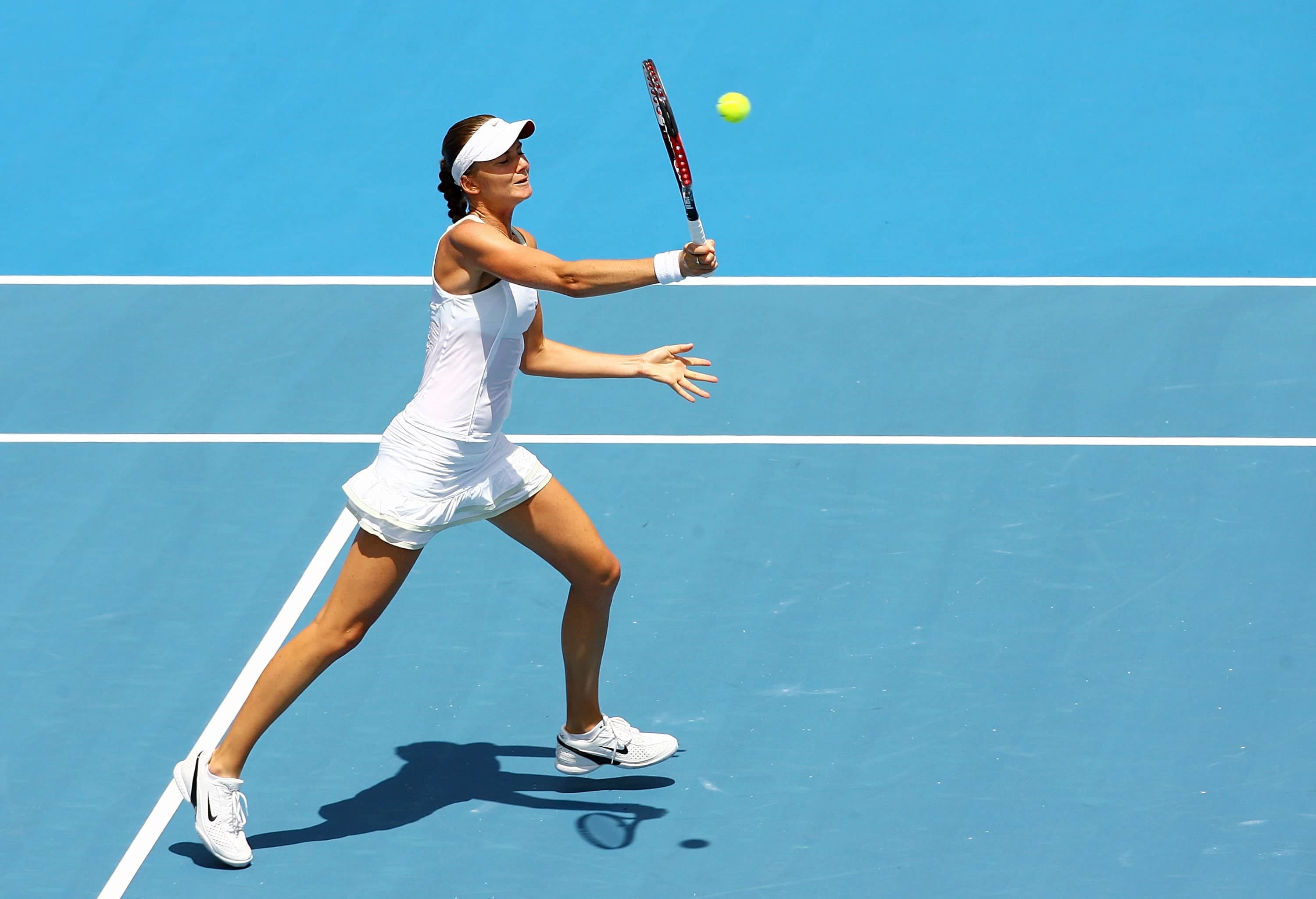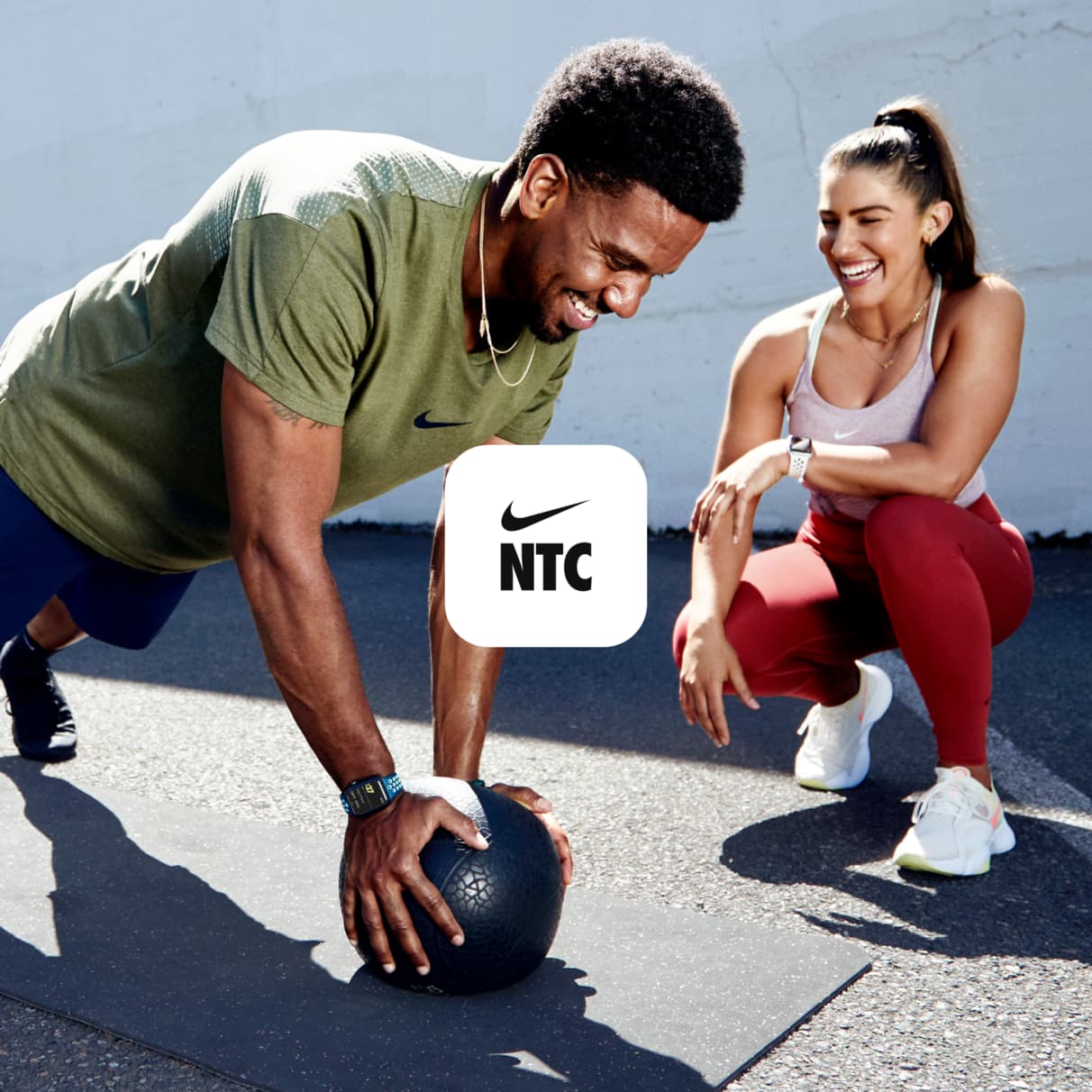How To Teach the Tennis Serve to Adults
Sports & Activity
Tennis experts explain the basics to mastering this all-important shot.

No matter the nature of the match, every tennis game starts with a serve. And while this may seem to be common knowledge, it’s less well-known that serving is the most difficult — and important — shot in the sport.
“A serve is 50 percent of the points you serve or your return in a match,” said Anthony Evrard, PTR-certified, former professional Belgium tennis player. “Unlike a forehand or backhand shot that comes from the other side of the net, a serve, like a free throw in basketball, is the only shot you have 100 percent control over. But even with full control, it’s the most difficult shot to do consistently.”
And while learning the move might be challenging, it’s crucial to learn the fundamentals to upgrade your overall game.
In order to learn how to serve correctly, it helps to break the serve down into “checkpoints,” said Christo Schultz, head coach of men’s tennis at Brandeis University.
The Fundamentals of the Tennis Serve
The Toss
Before getting into the mechanics of the serve, it’s first important to discuss the toss.
“The toss is arguably the most important part of the serve,” Evrard said. “If you don’t throw the ball at the right spot and then contact it at the correct spot, you won’t serve well.”
Evrard recommended working on the toss at home before (and after!) you even step foot on the court. To toss the ball, use your nondominant hand. For right-handed players, keep your left arm straight and toss the ball slightly forward and overhead to the one o’clock position on a clock. For left-handed athletes, toss the ball slightly forward and towards the 11 o’clock position.
“Practice tossing the ball high, loosening the hand grip to let the ball come down,” Evrard said.
Steps to Master the Serve
1.Start at the Right Spot
Whenever you start a tennis game, the initial serve comes from the right side of the baseline.
“As long as you’re on the right side of the center hash mark, you can stand where you feel comfortable,” Evrard said. “You’re going to be serving into the diagonal service box,” or the small box on the opposite side of the net.
2.Visualize Your Serve
Like with many sports, visualization can play a big role, especially when you’re first starting out with serving. “Look at the target and visualize where you want the ball to go,” Evrard said. “At first, just getting the ball into the service box is good, and then you’ll work for accuracy as you progress.”
Evrard also recommended visualizing the net a bit higher so you have margin for error to make sure that the ball goes over. Next, visualize the toss, and then the full serve.
3.Set Up Your Stance
“Begin standing sideways, hand holding the ball toward the front, toes parallel to the baseline,” Schultz said. “You’ll have your hands together in front of you, racquet and ball touching, and weight in your front foot.”
This is the position from which many players choose to bounce the ball on the ground a few times before they wind up, but if you’re just starting out, it’s worth keeping things simple.
4.Transfer Your Weight
To power your serve, you’ll need to transfer your weight from your back foot to the front.
Don’t think of this as a rocking movement, as for beginners, that can create unnecessary timing errors, explained Eric Hechtman, coach of Venus Williams and Serena Williams.
“Instead, keep your head pointed down and focus on turning the shoulders and getting your front hip as far forward as you can,” he said. “This will naturally force your body to transfer the weight the way it should.”
As you become more advanced, you can exaggerate this transfer and lean into it a bit more.
5.Bring Your Racquet Back and Toss the Ball
Pull your racquet back to 90 degrees and then drop it down to your back. “At the same time, you’ll be tossing the ball straight up into the air,” Evrard said. “You’re tossing with one hand and throwing the racquet back with the other.”
The key is to keep the tossing arm stiff, while keeping the arm with the racquet more relaxed.
“As a beginner, it can help to deconstruct the serve by repeating just this part of it,” Evrard said. In other words, it can be helpful to break the movement down and do certain parts of it repetitively before actually executing fully. “Bring the racquet back as you toss the ball, catch the ball and repeat it. You can even just shadow the movement, or move through the motion without the racquet in your hand, but be sure you shadow the movement mindfully. Imagine where you’d make contact with the ball.”
6.Swing with Power and Pronation
The last step in the serve is to connect with the ball at its highest point in the air. In this step of the move, you’ll push off the back foot and swing the racquet forward and down.
For beginners, it’s just important to just connect with the ball at the highest point in the toss and follow through,” Evrard explained.“When done correctly, the body and arm relax at the end of the movement, causing pronation or rotation in the arm, so that the racquet ends up on the opposite side of the body,” he said. “This is a bit more advanced though."
To switch up serve drills, Evrard also recommended that beginners try serving from their knees. “It teaches you to learn to toss the ball well — you must toss the ball high, and you must hit the ball with an extended arm,” he said.
Words by Amy Schlinger NASM C.P.T.
